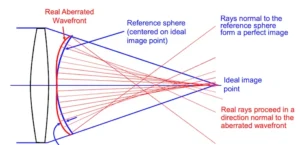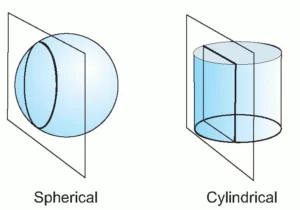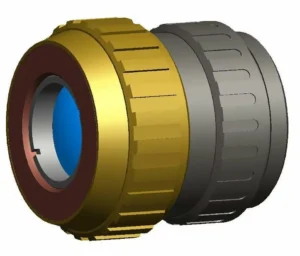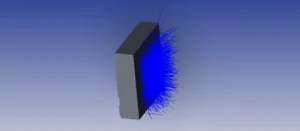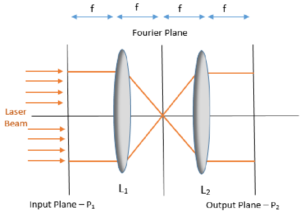When designing an optical system, an optical engineer needs to consider where the light to be directed, and also where the light shouldn’t be propagating. We call this unwanted light: stray light. Stray light is a major limiting factor in many imaging systems. When stray light enters the system, it degrades the signal-to-noise ratio or contrast ratio, making it more difficult to obtain accurate images. In many cases, stray light will define the working limit of the dynamic range of the system and make it difficult to obtain accurate information about the scene.
In some cases, stray light can be eliminated by using filters or by careful design of the optics. However, stray light is often an inherent limitation of the system and must be taken into account when designing imaging systems. There are many ways to prevent stray light in an optical system. In this article we will review five.
5 methods for stray light prevention:
1. Baffles:
The first method used in optical systems to block the stray light that can result in decreased contrast and reduced image quality are baffles. Baffles are obstacles placed in the optical path that prevent light from propagating where it is not wanted. By blocking stray light, baffles can help to improve the performance of an optical system. In many cases, baffles are used in conjunction with mirrors and lenses to direct light onto a desired location. When properly designed, baffles can be highly effective at reducing stray light and improving image quality.
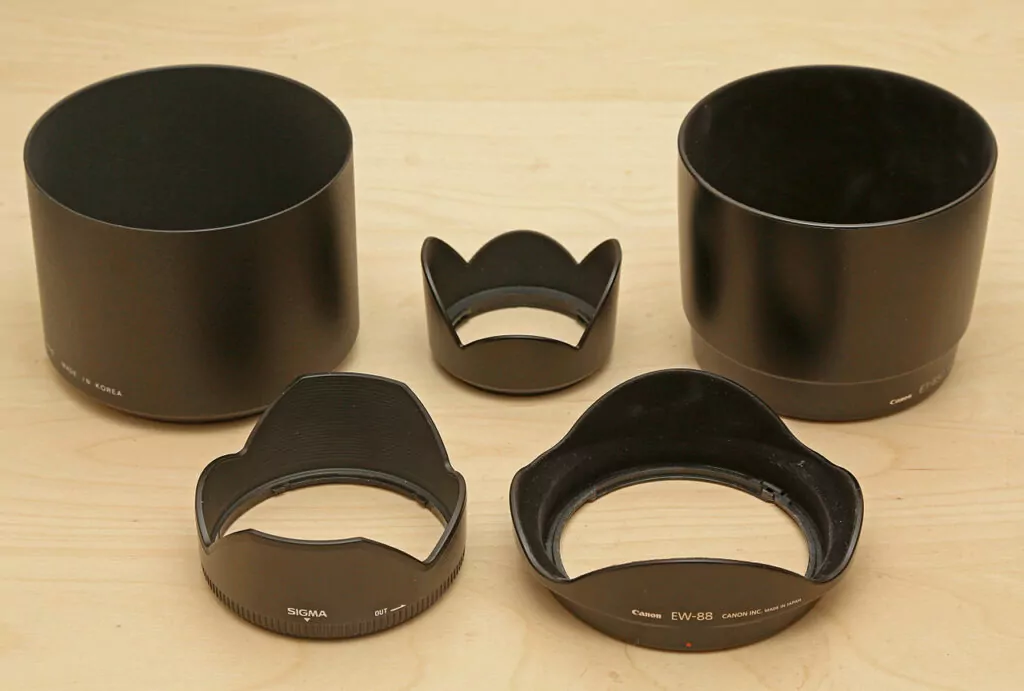
2. Absorptive filters:
Placing an absorptive filter in front of the detector is the second effective method to reduce the amount of stray light that reaches the detector. By absorbing unwanted light, the filter helps to improve the signal-to-noise ratio, which can lead to better image quality. In addition, the filter can help to reduce the effects of scattered light, which can cause veiling glare and reduce contrast. As a result, an absorptive filter can be a valuable tool for achieving high-quality images.
In a telescope, for example, stray light from sources such as the Sun and Moon can interfere with the amount of light collected from the target. Absorptive filters are placed in front of the detector to absorb stray light and reduce its impact on the collected data. By doing so, absorptive filters help to ensure that only the desired light is used for measurements. In addition, absorptive filters can also be used to improve the contrast of an image by blocking out bright background light. As a result, these filters play an important role in astronomical observations and many other applications.
3. Reducing the aperture:
By reducing the aperture, we can limit the amount of stray light that enters the system and strikes the detector. This is especially important in high-contrast imaging applications, where even a small amount of stray light can degrade the image quality. In addition, a smaller aperture also increases the depth of field, which can be useful in situations where we want to keep both the foreground and background in focus. Of course, there are trade-offs to using a smaller aperture.
Reducing the amount of light coming into the camera will result in a darker image, so it’s important to use a high-quality detector with good sensitivity. In addition, a smaller aperture can make it more difficult to achieve a shallow depth of field. However, for many applications, the benefits of reduced stray light and increased depth of field outweigh these drawbacks.
4. Dichroic filters:
These are placed in the optical path to reflect or transmit different wavelengths of light. By doing this, they help to reduce the amount of stray light in the system. In addition, dichroic filters can be used to separate light into its component colors. This can be useful for applications such as spectroscopy. When selecting a dichroic filter, it’s important to consider the transmission and reflection properties of the filter. The wrong filter can cause light pollution or stray light, which can degrade the quality of the image.
5. Black paint
Optical systems are generally composed of glass, metal and sometimes plastic. The manufacturing process of these elements can create highly polished reflective surfaces or tool marks and burrs. So one typical practice to control stray light is to paint lens barrels black or use black anodization and also paint the edges of the lens elements with a black paint. There are even suppliers on the market for example Avian Black-S – Avian Technologies who sell highly absorptive black coatings for use in optical devices.

